Content:
Every year, gardeners in most of Russia are faced with the negative consequences of return frost. They keep gardeners in suspense for a long time, the risk of their return remains until June 10. According to observations in recent years, return frosts have begun to appear more often. Heat-loving plants are afraid of even a slight cold snap, and frosts can completely destroy them.
Tomatoes stop growing at a temperature of + 15 ° C, at + 10 ° C all vegetation processes stop in plants. The critical temperature for hardened tomato seedlings is −5 ° C. When exposed to frost at -3 ° C, seedlings can still be reanimated.
The impact of freezing temperatures is a shock for thermophilic plants. This is reflected in their growth and development. The delay in development in such crops after freezing reaches 15 days.
The most susceptible to unfavorable weather conditions are seedlings with violation of cultivation techniques.
How to protect seedlings
The main points to pay attention to to increase the resistance of tomatoes to adverse weather conditions:
- Soil preparation: good digging, the soil must be loose;
- Compliance with landing dates. They differ depending on the cultivation method and the specific region;
- Particular attention should be paid to the choice of varieties. You need to select varieties that are zoned, that is, adapted to the conditions of a particular region;
- Seedlings must be hardened before planting. Hardened seedlings tolerate frost more easily and recover faster;
- Do not plant seedlings in cold soil. For planting plants, the soil temperature should be 15 ° C or slightly lower. In unheated soil, the planted seedlings do not root well and may even die;
- Phosphorus-potassium fertilizers (superphosphate, potassium nitrate) increase resistance to cold, have a positive effect on survival.
Fertilizers contribute to an increase in the concentration of cell sap, an increase in the level of accumulation of sugars, a decrease in the content of free water, and, accordingly, an increase in resistance to frost. You need to feed the plants at least 10 hours in advance, and preferably a day before the expected freeze.
Gardeners try to protect heat-loving crops from the negative effects of frost and plant seedlings after the threat of their return has passed. But often weather forecasts fail and you have to save already planted seedlings. Tomato seedlings are damaged at air temperatures below 0 ° C. Plants are stressed.
How to protect tomatoes in the greenhouse from frost? If frosts are expected down to -4 ... -7 ° C, measures must be taken to protect plants in unheated greenhouses and hotbeds. It is necessary to take care of additional shelter for seedlings. With a significant cold snap, no containers with water in the greenhouse will help. Frosty air easily enters the greenhouse through the cracks in the foundation, walls and roof.The air in the greenhouse warms up well during the day, and by the morning the air temperature in the greenhouse becomes close to the air temperature outside. The peak of the freeze usually occurs before dawn, around 5 am.
When frozen, the greenhouse loses all its benefits. Polycarbonate greenhouses that are popular today are no exception. Despite all the advantages, polycarbonate does not have the ability to protect plants from frost. Frosts for tomatoes in a greenhouse are also dangerous. Therefore, it is advisable to take care of additional insulation in advance.
How to save tomatoes from frost in a greenhouse
If possible, heaters designed for greenhouses, smoke bombs or the simplest devices for heating the air, for example, various containers with glowing coals or heated bricks, barrels of warm water, are installed in the greenhouse. (Some gardeners use boilers to heat water in barrels.) It is effective to use candles in freezing conditions. It is recommended to use thick wax structures anchored to metal substrates.
How to insulate tomatoes in a greenhouse
Many gardeners consider temporary structures made of covering materials to be the best way to protect against return frost. A small greenhouse is being built in the greenhouse. Usually installed for the duration of the arc, on which the covering material is thrown.
For even more reliable protection, you can spray the covering material with water overnight. Plants will remain alive under such shelter. If it's cold outside, the greenhouse is left closed. If the soil near the plant roots is dry, water the tomatoes. The temporary structures are completely removed when warm weather sets in.
Other methods can be used to save from frost.
How else to protect tomatoes from frost?
When the air temperature drops uncritically, hoods from newspaper, roofing material, cardboard will help.
In the case when the plants are tall enough and it is impossible to cover them, the greenhouse itself has to be insulated. For this, an additional shelter is created. For better protection from the cold, an additional air gap must be created between the greenhouse and the covering material.
Tanks with water, laying out large stones in the greenhouse will help against minor temperature changes. During the day, especially in sunny weather, they get very hot, and at night they give off the accumulated heat.
If tomatoes are grown in open ground without shelter, a prerequisite for transplanting seedlings to a permanent place is stable warm weather without the threat of recurrent frosts. The optimum daytime temperature is 20-22 ° C, the nighttime temperature is not lower than 15 ° C, and the minimum ground temperature is -10 ° C, and better - 15 ° C.
To protect tomatoes from frost in the open field, the following methods are used:
- smoke,
- glaze,
- sprinkling.
For smoke, use special smoke bombs or light fires and throw up straw, sawdust, small brushwood, fallen leaves. The smoke screen softens the negative effects of negative temperatures on plants. Smoke has a low thermal conductivity and allows it to keep the heat of the earth longer and thus increases the temperature by 2 degrees.
This method can be effective only with a slight cold snap. This method also has its drawbacks. In strong winds, it is ineffective. Neighbors are also not happy with the specific smell.
Sprinkling is done using a special spray that is attached to the irrigation hose and creates a rain effect. In this case, small water droplets are retained on the surface of the plants. When the temperature drops to 0 ° C, moisture begins to evaporate and steam is formed, which protects the plants with salutary heat, as if repelling colder air. This helps young plants to survive bad weather painlessly.
Irrigation is carried out several hours before the onset of frost. This method is able to protect plants even if the temperature drops to -5 ° C. Sprinkling can be applied only when there is no wind. Enthusiasts apply the sprinkling method directly in the predawn hours. In this case, the presence of wind does not really matter.
Watering plants in the usual way is also effective when the temperature is lowered, but no more than -1 ..- 2 degrees. Watering is very important. In dry soil, seedlings are more likely to suffer when temperatures drop.
In addition, irrigation with warm water creates a temporary heat buffer.
How to cover seedlings in the open field?
For open ground, the use of the same covering materials is relevant: spunbond, lutrasil, agrospan, film. They can be thrown over stakes, frames or metal arcs, as well as other devices. Along the edges, it is necessary to press the covering material, for example, with ordinary bricks or sprinkle it with earth so that it is not blown away by the wind.
Knowing what you need to cover the seedlings in the open field, you can protect the seedlings from freezing. If, despite all efforts, the plants have suffered, it is necessary to carry out resuscitation measures. In this case, it is necessary to use special products for plants that help them to "relieve stress" from low temperatures. The drug Epin-Extra can help with this. The affected leaves should also be removed. Stepchildren will very quickly go from the roots and it is quite possible to get a crop with a slight delay. Affected plants must be watered abundantly.
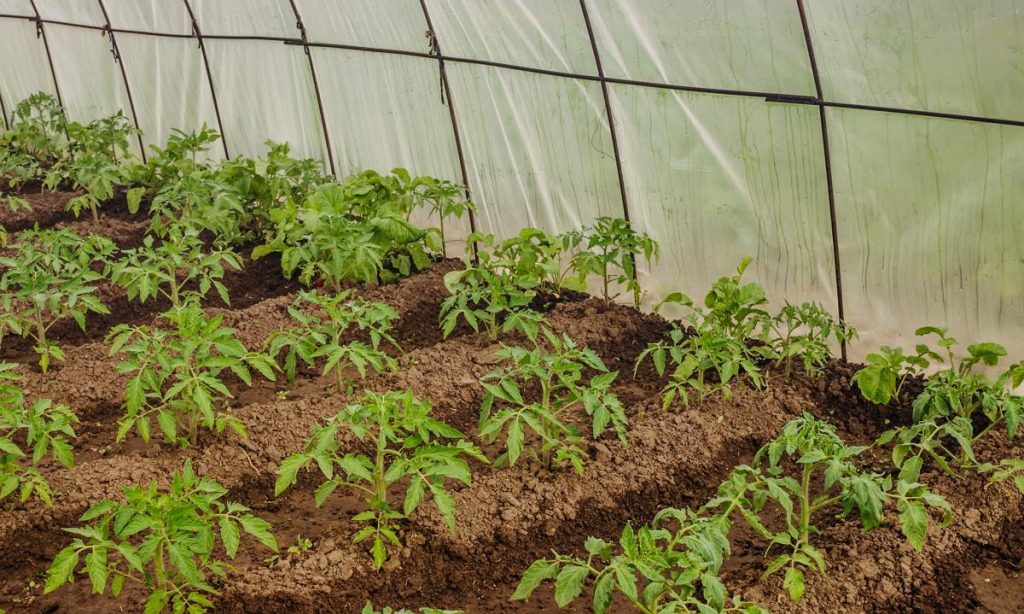
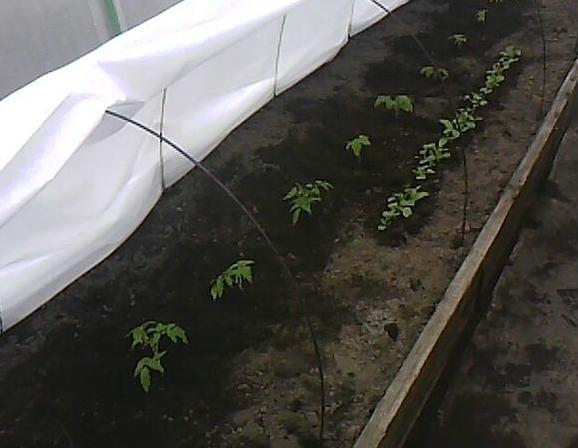
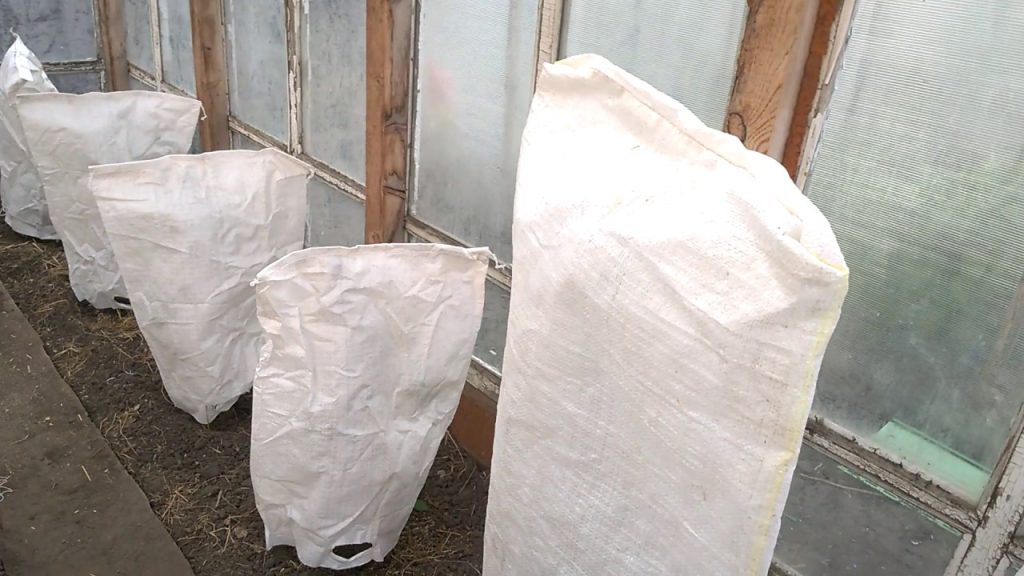
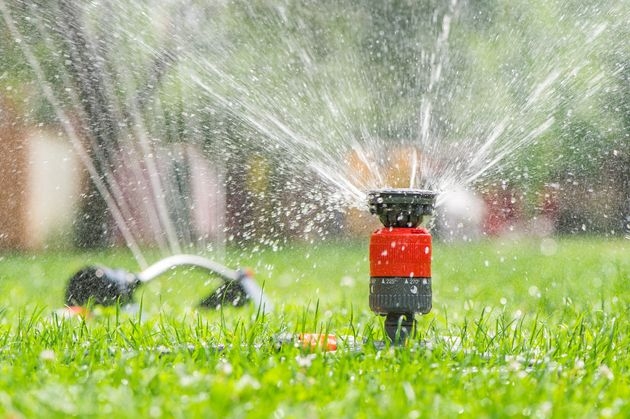
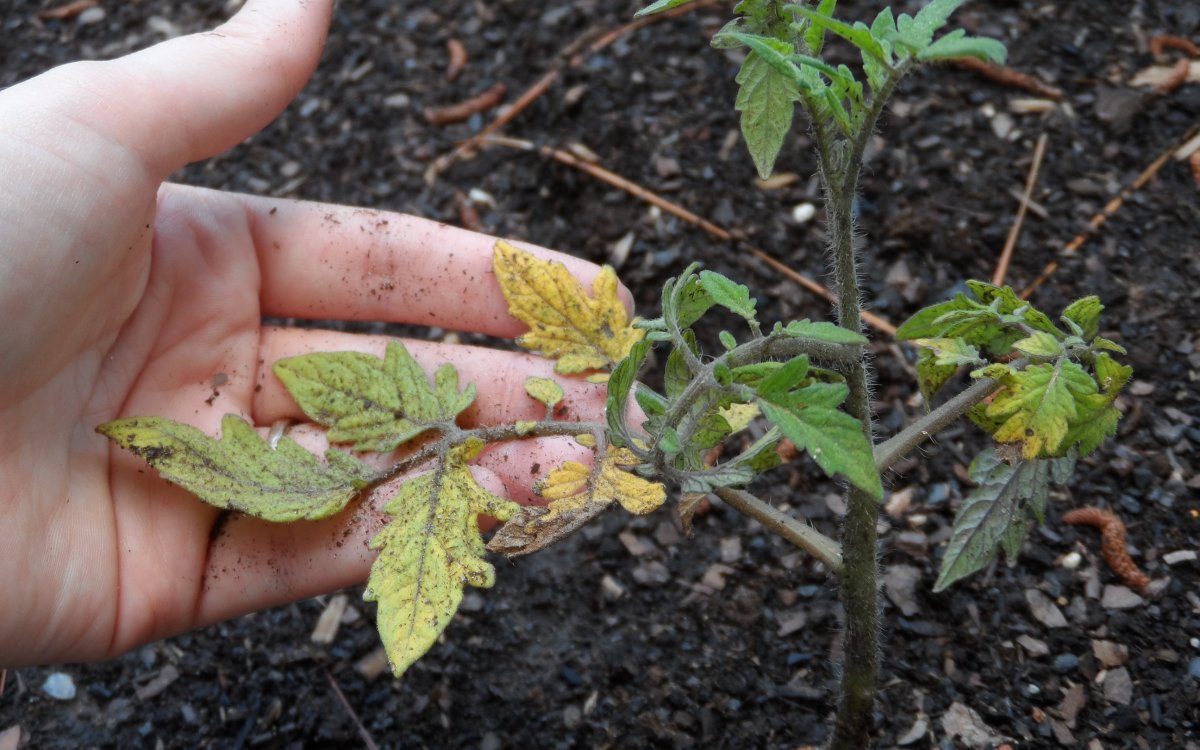
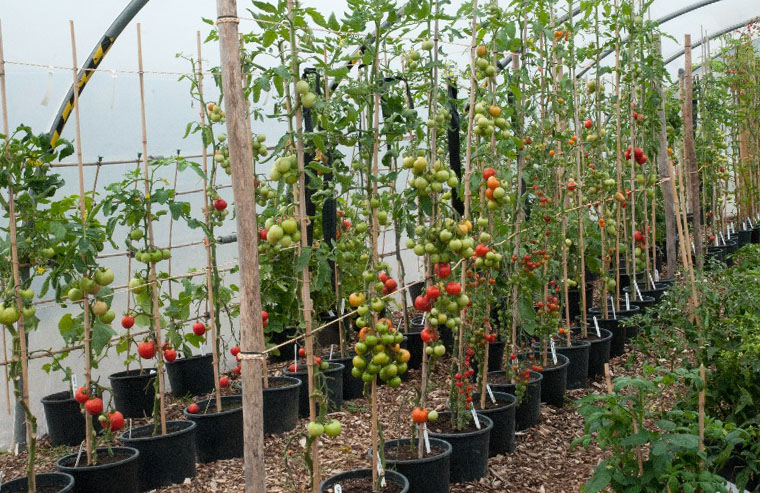
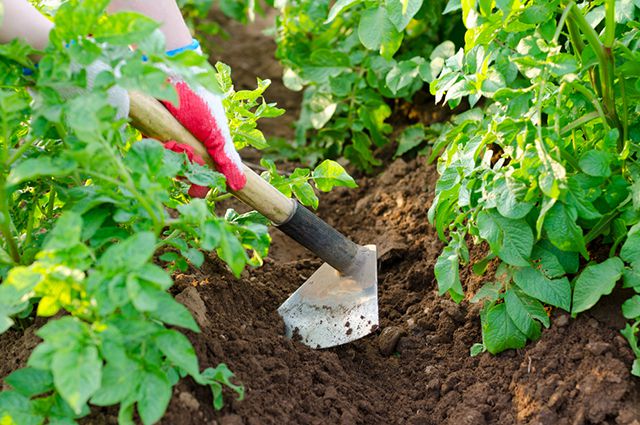
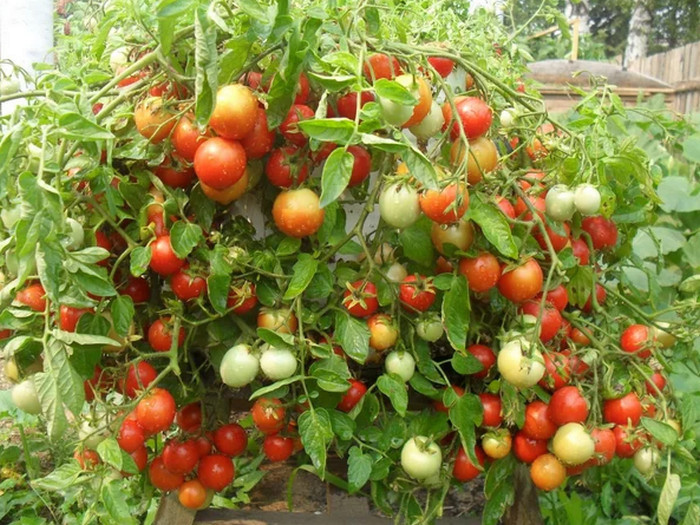
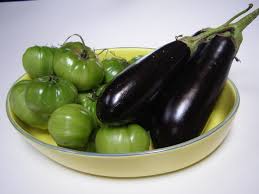
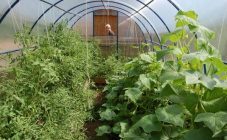







Well, you can immediately pour the sliced cucumbers into the bag, remove the air from it with a straw and tie the bag as shown in the photo below. This method is applicable when we need to use cucumbers as a decoration for certain dishes, side dishes, etc., that is, when in the summer we cut cucumbers into rings for these purposes and freeze in this way. Well, or when we make masks with cucumber circles. So, take a cucumber, cut off the tips from it and cut it into circles as in the photo. Then we distribute the circles on the plate, wrap the plate with food plastic wrap, and put the whole thing in the freezer. In six… More details »